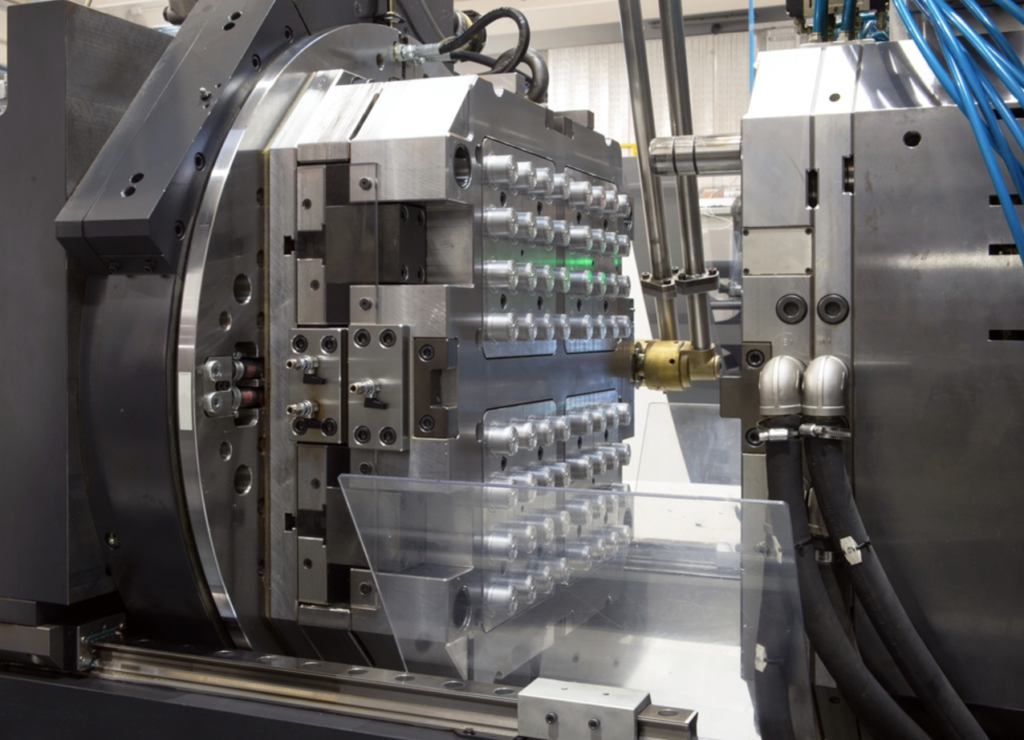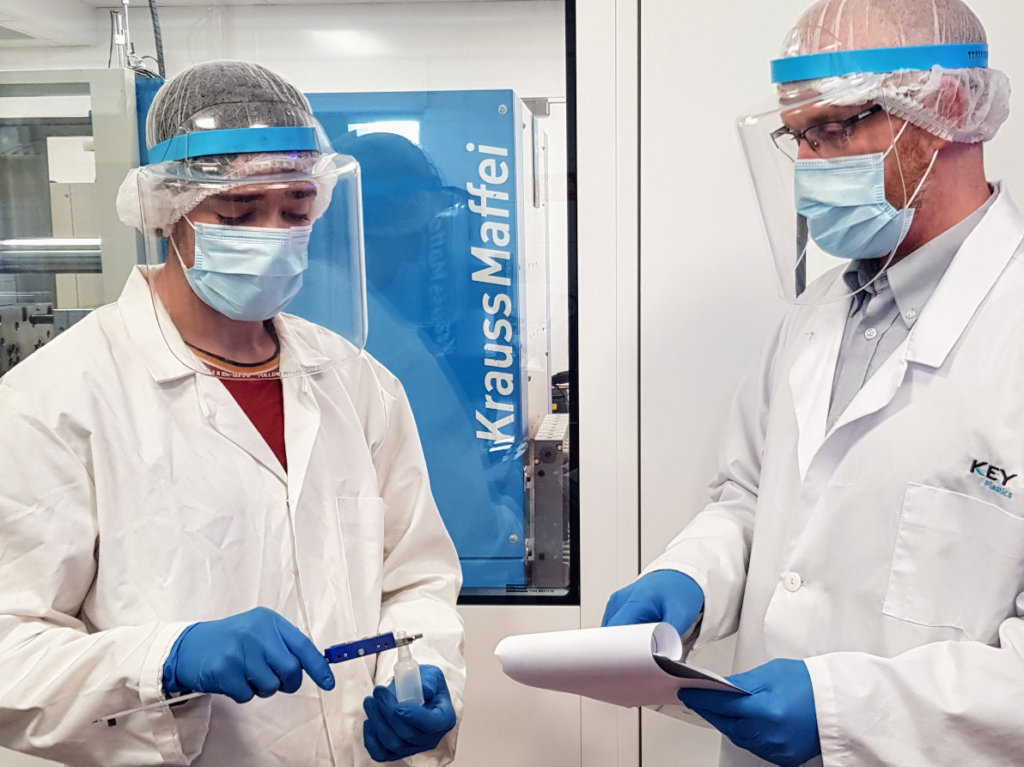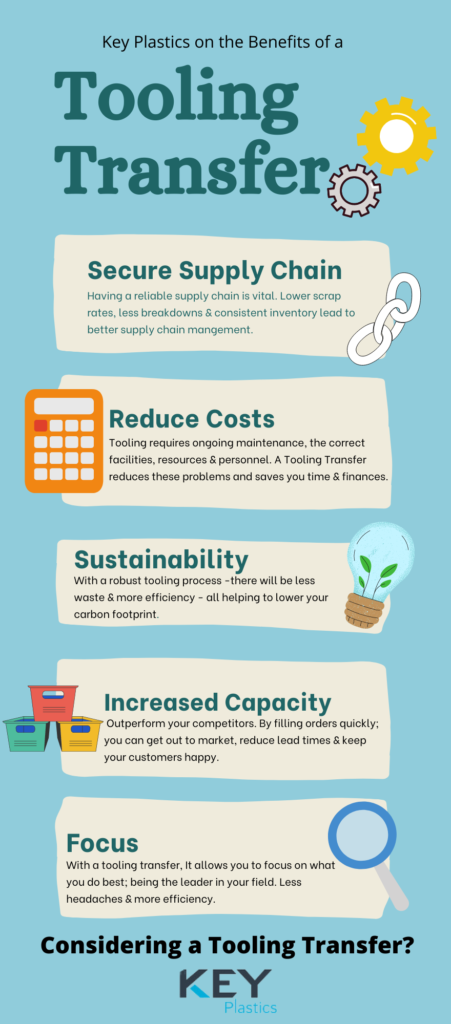Tooling Transfer – The Missing Link in your Supply Chain?
April 29, 2021

Tooling Transfers are a vital part of the moulding business with a lot of important considerations. In this post, we’re going to discuss why that is and what you need to remember when it comes to tooling transfers.
But first, let’s cover the basics.
What is tooling?
Tooling, (also known as machine tooling), is the process of sourcing and acquiring the manufacturing components and machines needed for production. The designing, engineering and creation of the tools that are needed to manufacture your product all combined is the tooling process. This of course pertains to not only mould manufacturing but also to tools and dies.
Why is Tooling Important
It is integral to manufacturers that the tooling process is effective and efficient.
Simply put, if the tools don’t work – then the products will not be manufactured properly and will result in them being either of a subpar quality or worse still – totally redundant. Whether you are a medical or an aerospace manufacturer – precision is key in your tooling process.
Tooling is vital to manufacturers as it allows you to make consistent and high-quality products at volume – so in many cases tooling and your product go hand in hand. However, that being said, there are times when you might need to transfer your tooling to another supplier.
What is a tooling transfer?
It’s taking your Companies tools / moulds from one manufacturer and placing them with another. Although that’s a simplistic definition, there are a lot of factors and nuances to consider from case to case.
Why might tooling be moved in the first place?
The market has evolved a lot in recent times. With that – the approach and business model for some manufactures has also shifted. Typically, a tooling transfer might take place in pursuit of higher quality, better pricing, a change in business model and in pursuit of an overall more reliable supply chain. Let’s explore the biggest benefits.
What are the Benefits of a Tooling Transfer?
Tooling is vital to the overall process. Assuming you partner with a trustworthy and reliable moulding partner– transferring your tooling can bring a lot of powerful benefits such as:
Secure the Supply Chain
Getting this basic but fundamental part of the supply chain right is critical to your overall success. It’s one of the first areas where you can improve efficiency, reduce costs and risks.
As the study below shows, inventory management and manufacturing are some of the key challenges in the supply chain. Interestingly, visibility was considered top of the list. As you will see – transparency between all parties is vital to not only the supply chain but also the tooling process itself.

Reduce your own Costs
Depending on your own operations and end product – there can be a lot to the injection moulding process. A key part of this is often ongoing maintenance of your Companies Tooling. By transferring to an injection moulding Company who also specialises in tooling manufacture – you are reducing your own costs especially if you are short on time, budget, capacity and personnel to meet the requirements.
When the receiving company (the new manufacturer) also offers in-house tooling support (design, manufacture and maintenance) – part quality increases, there is lower scrap levels and less breakdowns. This means less time is wasted and ultimately, it’s a more cost-effective way to run your business.
Meet Market Demands quickly and easily
When the above criteria are met (such as reduced waste & costs and a more effective supply chain)… it means you can fill orders much more quickly and efficiently. While of course, this will vary depending on your business model and end product – speed in your route to market will be critical in giving you the best chance to meet the market demands and outperform your competition.
Increased Capacity
Along with getting out to market quicker, by engaging in a tooling transfer, you can also increase your production… significantly. With more in stock, you can buy in bulk and shorten lead times, and ultimately reduce expenses like shipping fees.

Manufacturer Facilities
So what do you need to look for? If you are looking to engage with an Injection Moulding Company to re-home your Companies valuable tooling then you need to consider the below:
- What Manufacturing Certification do they have? (ISO 13485, AS 9100, ISO 9001 etc)
- Can they support and assist with the project management of the tooling transfer?
- Have they attained the necessary experience in processing polymers suitable to your product requirement?
- Do they offer engineering support for your tools? A fully equipped tool room would offer the optimum service. This is almost always required in order to make adjustments to ensure the tools correctly fit the new moulders machines.
- Do they offer the correct environment for the injection moulding of your products such as ISO Class Cleanroom for medical/electronic parts etc?
Having the right equipment, facilities and systems is crucial to a successful tooling transfer.

A standard Tooling Transfer Process
Although under the umbrella of transparency and project management- how the manufacturer handles the actual tooling transfer is critical. For the tooling transfer to go smoothly the manufacturer should:
- Support in managing the transfer of the tools to their site
- Inspect the incoming tools/ moulds on arrival.
- Report on the current condition of the tools.
- Identify any risks or issues with the tools.
- Make any recommendations for repairs, maintenance or modifications.
- Identify any extra or peripheral equipment that might be needed to support the long term injection moulding of the components from the tools.
- Have a validation process in place to support the re-establishment of the tooling parameters in a controlled manner.
By following this tooling transfer checklist discussed above, you can be certain that your new manufacturing partner is well-equipped for the important task of your tooling transfer – as well as getting your products ready for the market and end customer.
What can you do to make the tooling transfer run smoothly?
Once you’ve identified the right manufacturing partner, things should be a lot easier. However it’s worth noting the following on your side:
1) Outstanding Documentation
Be sure to disclose any documentation you have on the tools. This will make it a lot easier for both parties. Consider docs such as:
- Change-out / Insert configurations
- 3D Cad Files
- 2D Prints
- Mould Setting Sheets
- Mould Maintenance reports
- Original documentation (which can easily get lost along the way).
2) Visit your Current Manufacturer
If you are already outsourcing your Injection moulding, you should have a good grasp of what their setup is. However if needs be, pay a visit to your current manufacturer if possible. What kind of setup is it? By being familiar with the nuances and requirements of your specific parts – you will be fully aware and able to get the new manufacturer up to speed quickly and efficiently.
3) Full Transparency
It’s a point worth repeating. By giving as much detail as possible such as all documentation, the type of machinery that has previously been used etc. all makes for a smooth transition.
Is 2021 the right time for a tooling transfer?
In light of the pandemic and certain geopolitical factors – there has been a lot of upheaval to the global supply chain. By bringing your tooling closer to home and to a trusted supplier – you are mitigating the effects of a very uncertain and ever-evolving world. Every business and situation is unique but yes, it’s certainly a time to ask those questions about what’s best for your company – which may mean a tooling transfer this year.
Need a tooling transfer? Consider Key Plastics
We cannot stress that dealing with the right kind of manufacturer is paramount in getting the tooling transfer right but also in ensuring your longer-term success with your product.
Securing the supply chain, cutting costs, streamlining the process and saving yourself headaches and stress are just some of the biggest benefits of a tooling transfer.
For these reasons and more, consider Key Plastics. With many years of experience in tooling and tooling transfers – we specialise in this area.
If you have any questions about your tooling and are considering making the transfer, please get in touch with us and we’ll be happy to answer any questions.
(Here is a brief breakdown on why a tooling transfer can pay massive dividends)




